Italian collector Mauro De Iorio’s collection, centered around emerging artists, can be viewed publicly in two exhibition spaces in Trento: one in a contemporary-style building close to the clinic he works in, and another in an 18th-century building downtown. Much influenced by his profession as a medical radiologist, many of his 500 collected artworks feature the human body, the human face, or the anatomical parts.
LARRY’S LIST is glad to have Mauro De Iorio to share about his experience of confirming the purchase before knowing the asking price; his most treasured artworks by Giulio Paolini and by Ryan Gander; why the lack of transparency of some art fairs is a problem; as well as his latest purchases of works by various artists.
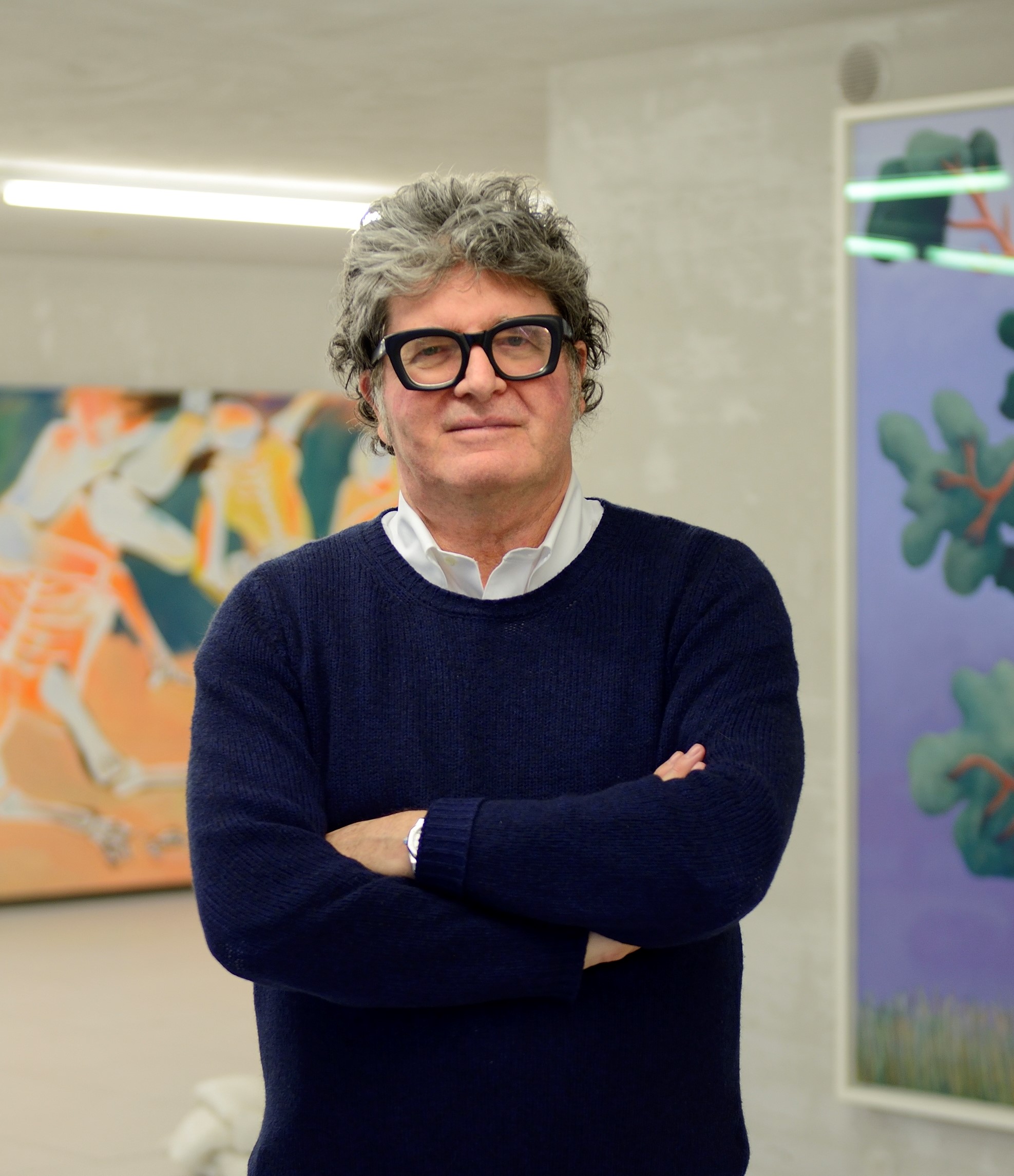
Collecting
What made you want to start collecting art? How did your father’s passion in ancient art influence you?
The fact that my father was an antique art collector who bought contemporary artworks from the only gallery in Trento of his time has certainly been of influence, but I have always been interested in design, in architecture, and in art in general, visiting exhibitions and museums. Contemporary art fascinated me, but at the same time, its complexity fended me off.
When did you fall in love with a piece of art? What was it?
At the first contemporary art fair I visited, I fell in love with a work by Cucchi, but I didn’t buy it then. It has become part of my collection only recently, when I casually came across it again at an exhibition.
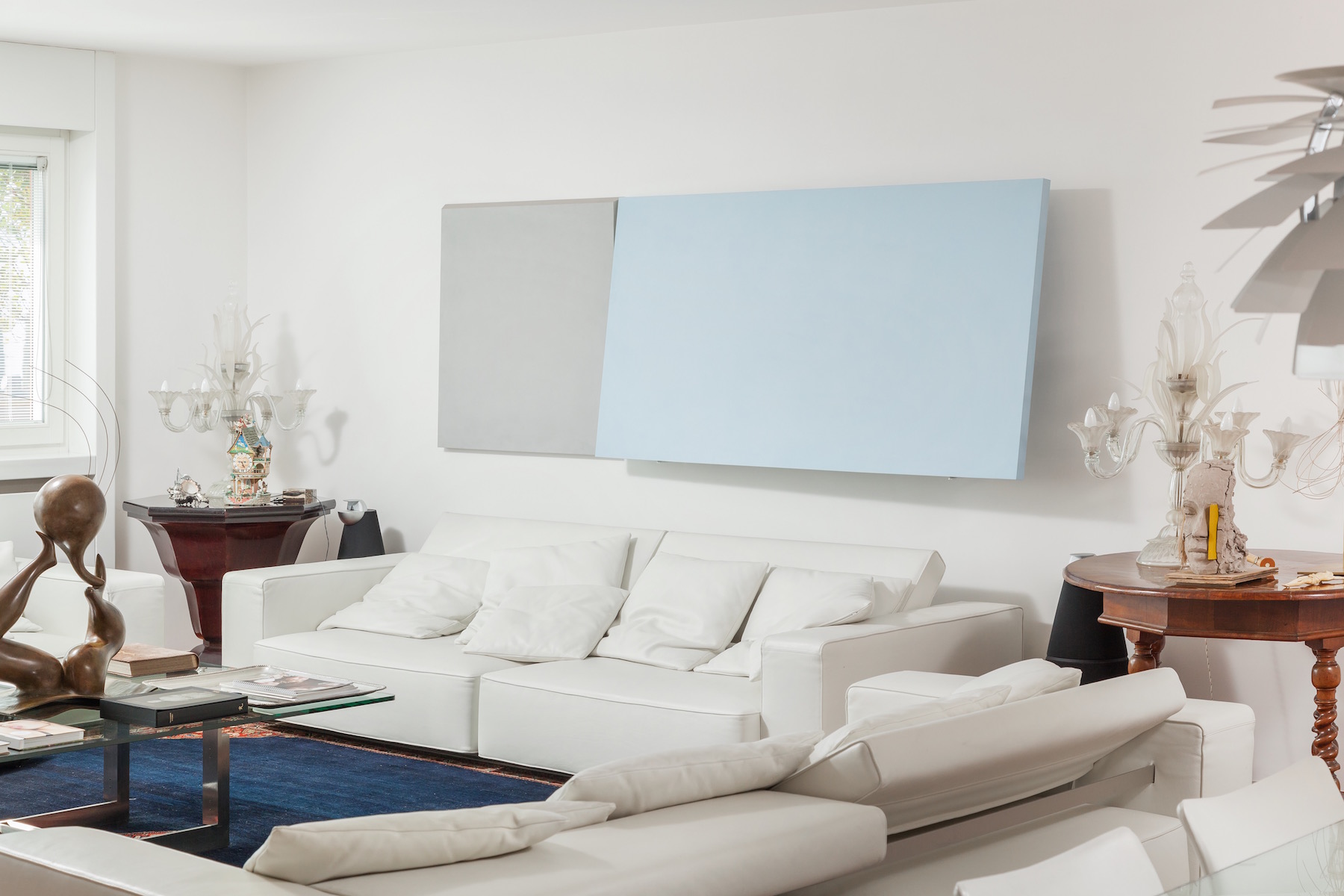
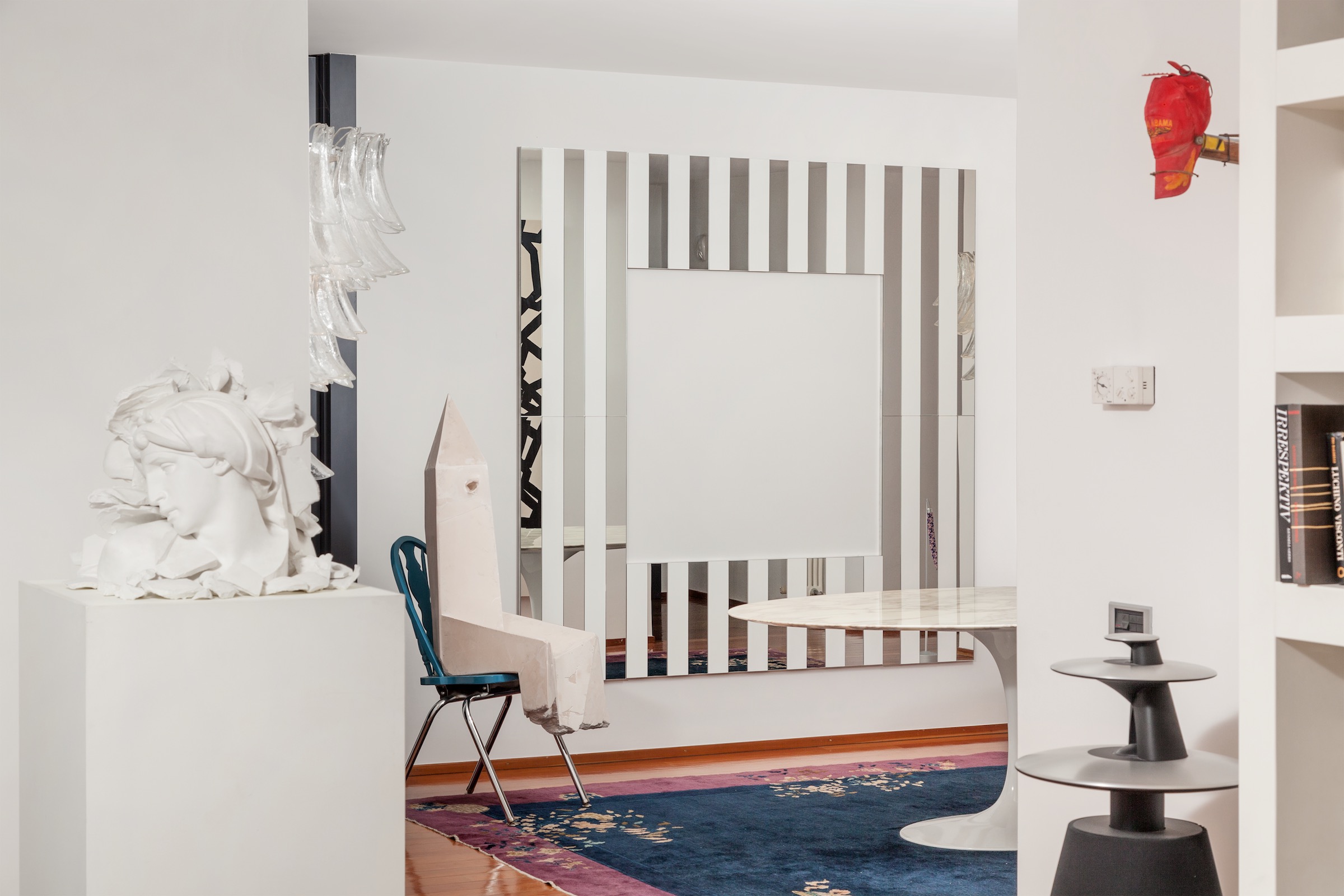
What is your focus regarding the artists in your collection? Are you more interested in emerging or renowned artists?
I am especially interested in emerging artists. I like to follow their growth, and I try to buy more than one piece so as to gain a more exhaustive picture of their research. I also like to buy the works of more renowned artists when I see a piece I particularly like.
Is there any particular type of art that has consistently attracted you, or anything that unites all the works you have acquired?
I have always been partial to sculpture, but in recent years I have bought many figurative paintings too. My love for sculpting is always alive, however. The latest pieces I have bought are sculptures by Jean-Marie Appriou, Monica Bonvicini, and Simone Leigh.
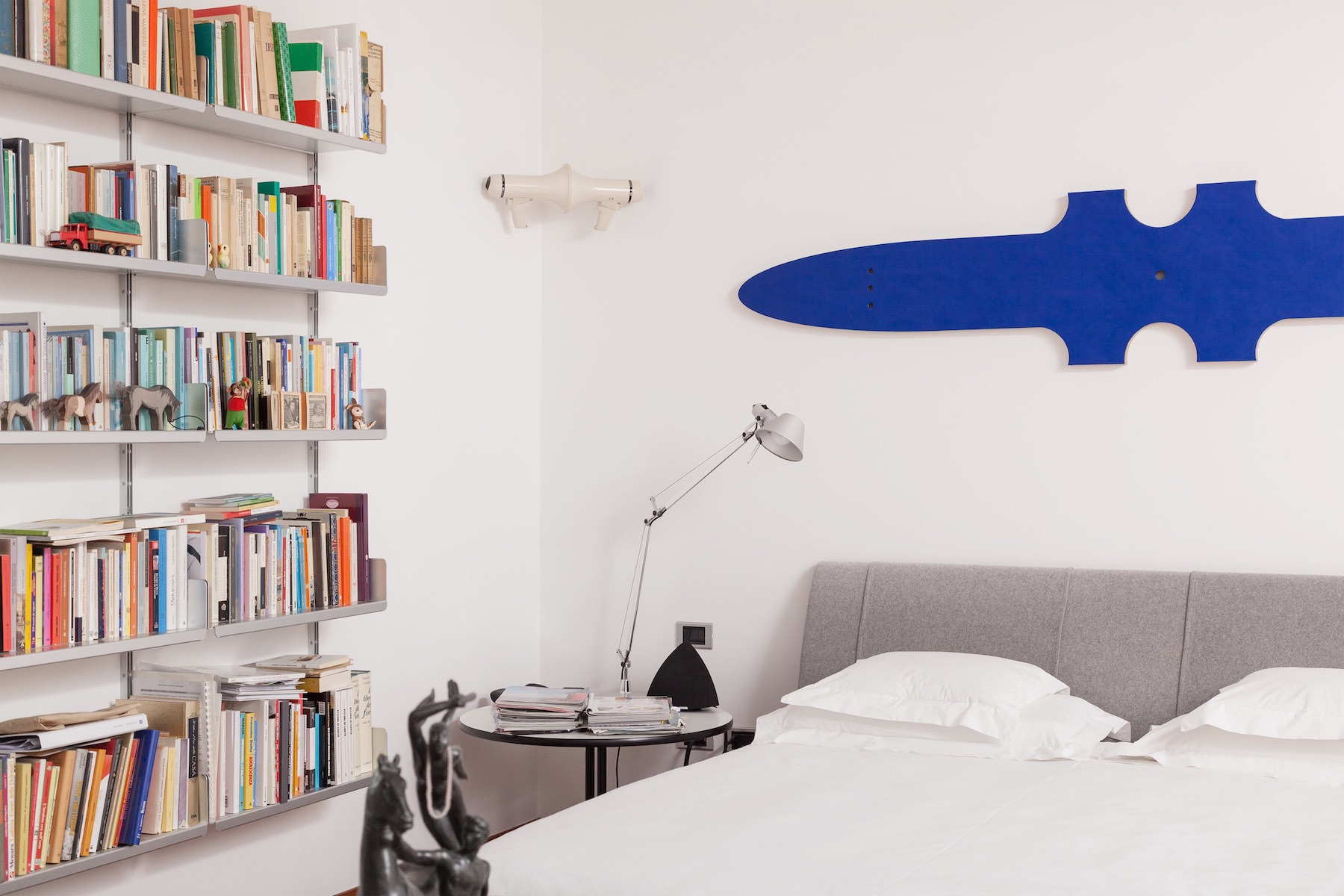
How does your medical profession influence your perceptions in art?
The study of anatomy and of the human body certainly influences my choices. In my collection, in fact, I have many works that feature the human body, the human face, and the anatomical parts that have greater symbolical value.
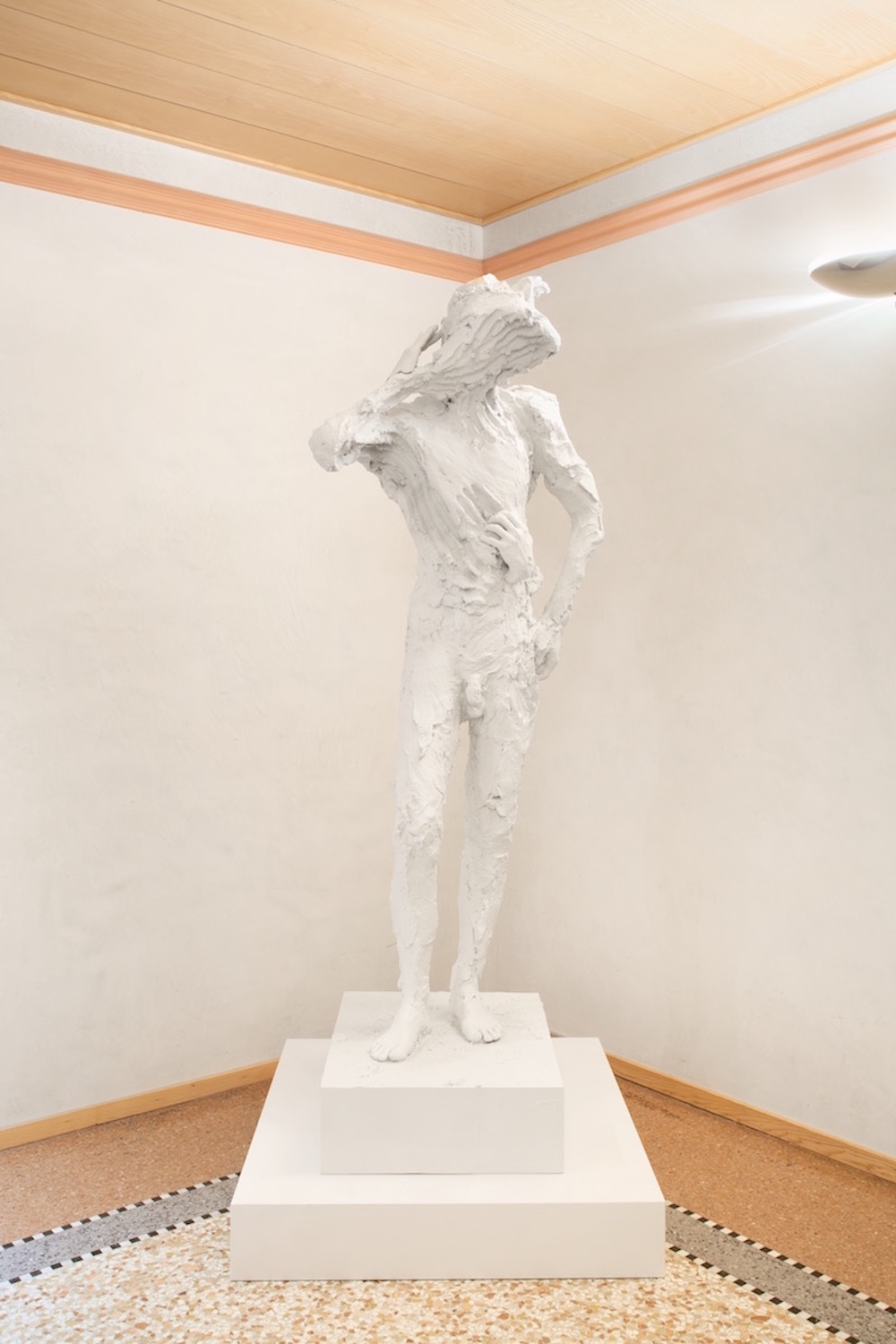
What were the first and the latest artworks you purchased?
Among the first purchases, I would say Paolini’s head (ORFEO, 1988), one of the most significant works in my collection. The latest works are by Berlinde de Bruyckere, Jean-Marie Appriou, Monica Bonvicini, and some by younger artists, such as Jonathan Lyndon Chase, Louis Fratino, Anna Perach, and Shoshiro Mitsubara.
How many artworks do you own? Where do you display your collection?
About 500. The works are displayed in my homes and in two exhibition areas open to the public in Trento – one in a contemporary-style building close to the clinic I work in, and another in an 18th-century building downtown. I will soon be opening a third area in Verona, also open to the public, located in a renovated 1930s woodwork factory near a clinic I am currently building.
I like the fact that the works can be seen by other collectors and connoisseurs, as well as by people who are simply curious about contemporary art. In the area in Trento, it often happens that the patients of my medical centre ask to visit the exhibitions as well.
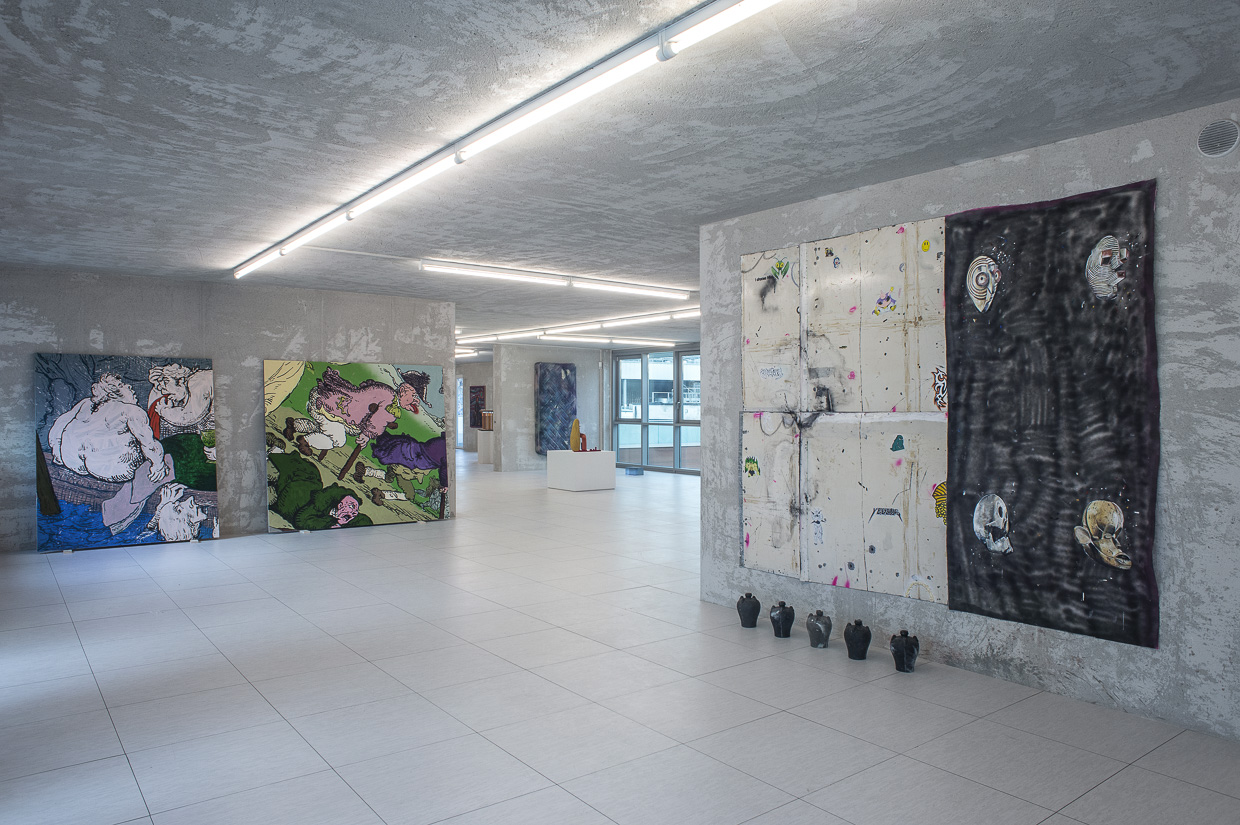
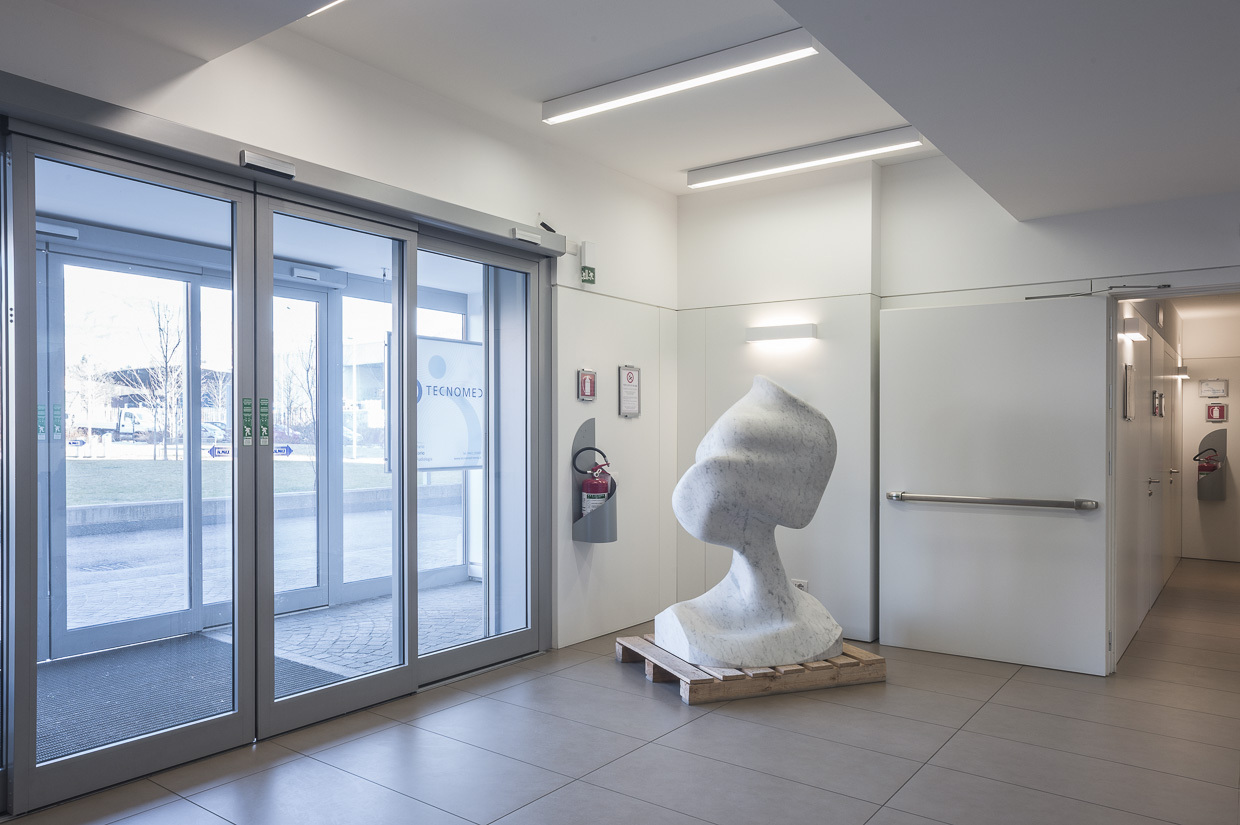
What motivated you to open these spaces to present your art collection publicly? How is the experience so far?
I believe that those who are fortunate enough to be able to purchase works of art should then share them with others. So it felt natural that I open the collection to the public. So far it has been an absolutely positive experience. I am thrilled to show my works to collectors and curators who share this passion.
Why did you choose that location for opening the space there?
Because Trento and Verona are the cities I live in and where I conduct my medical profession.
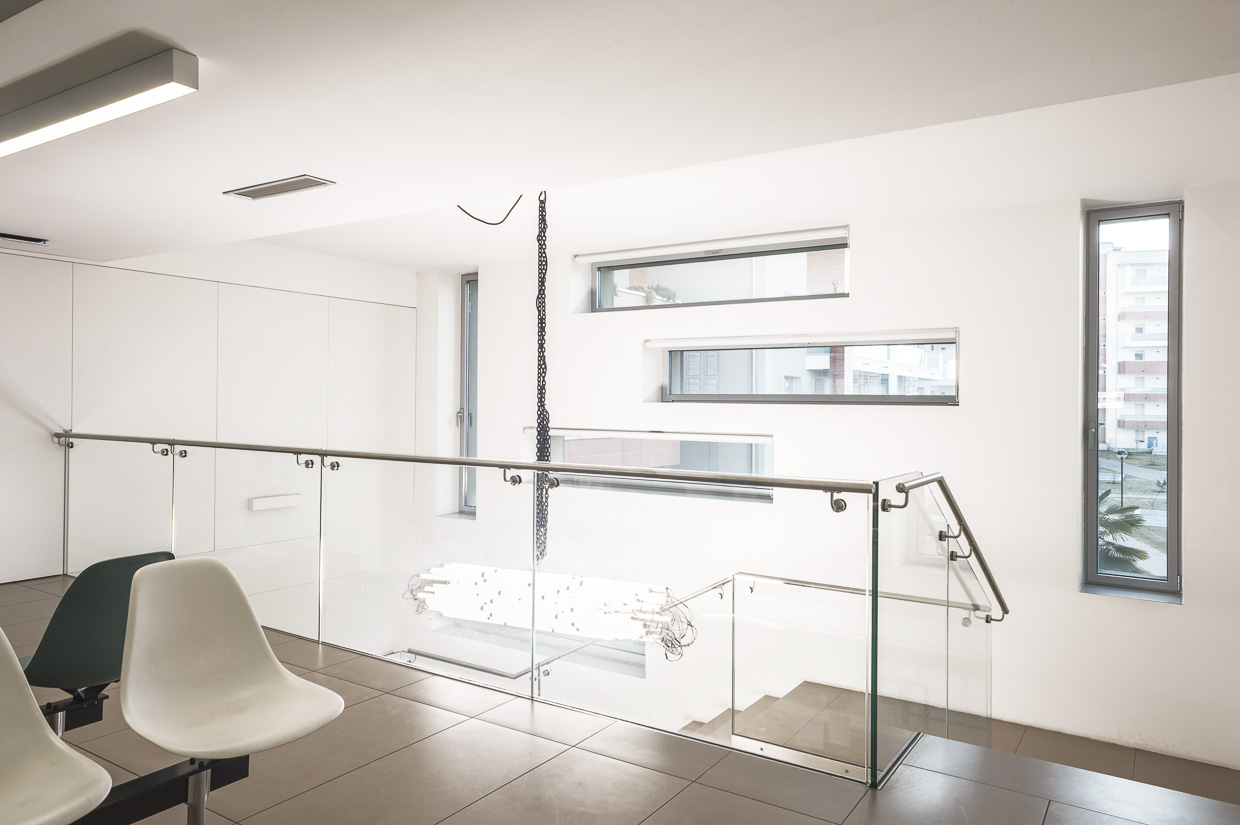
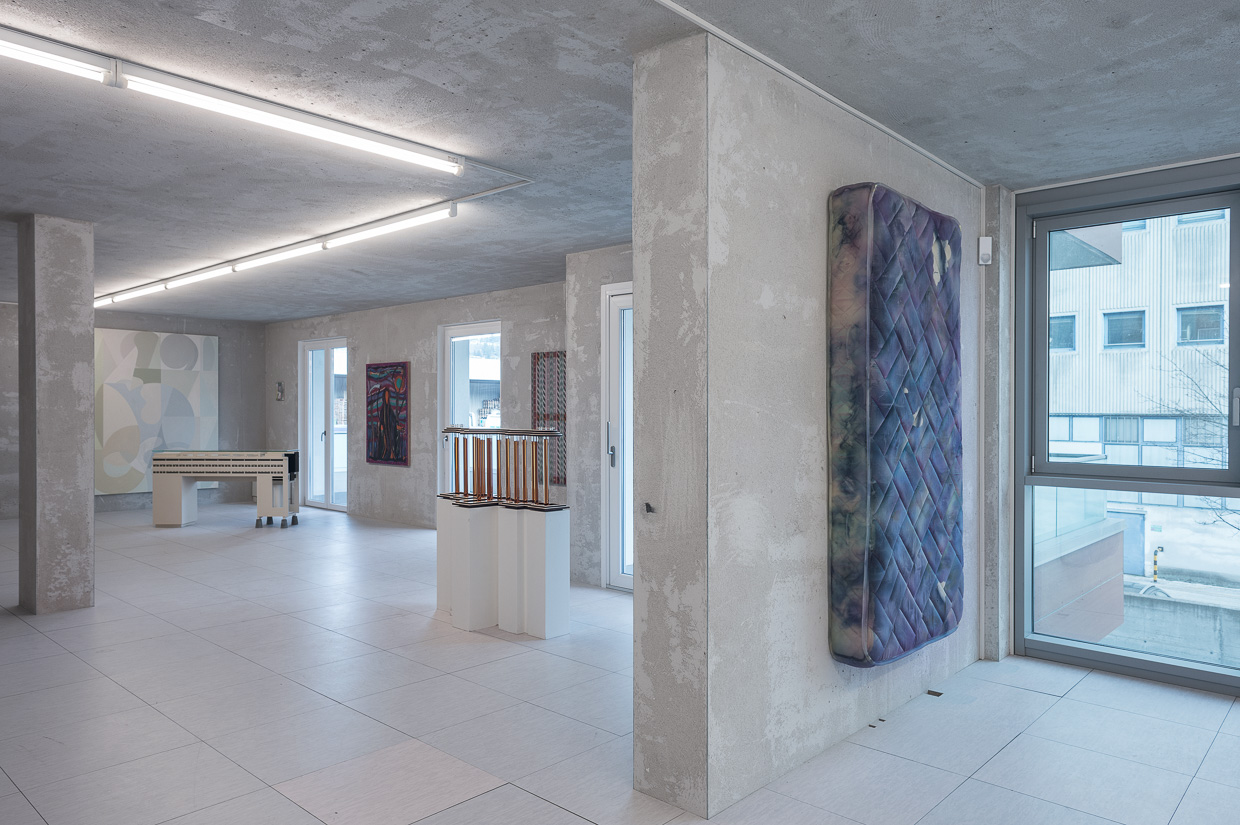
What considerations guide you to make a purchase?
Usually I purchase works that I am very attracted to. I study the artist’s artistic approach, and I decide whether the work I am considering to buy is coherent with his or her poetics. Then, I place on the scales the emotions and the aspects of my rational analysis, and I reach a decision.
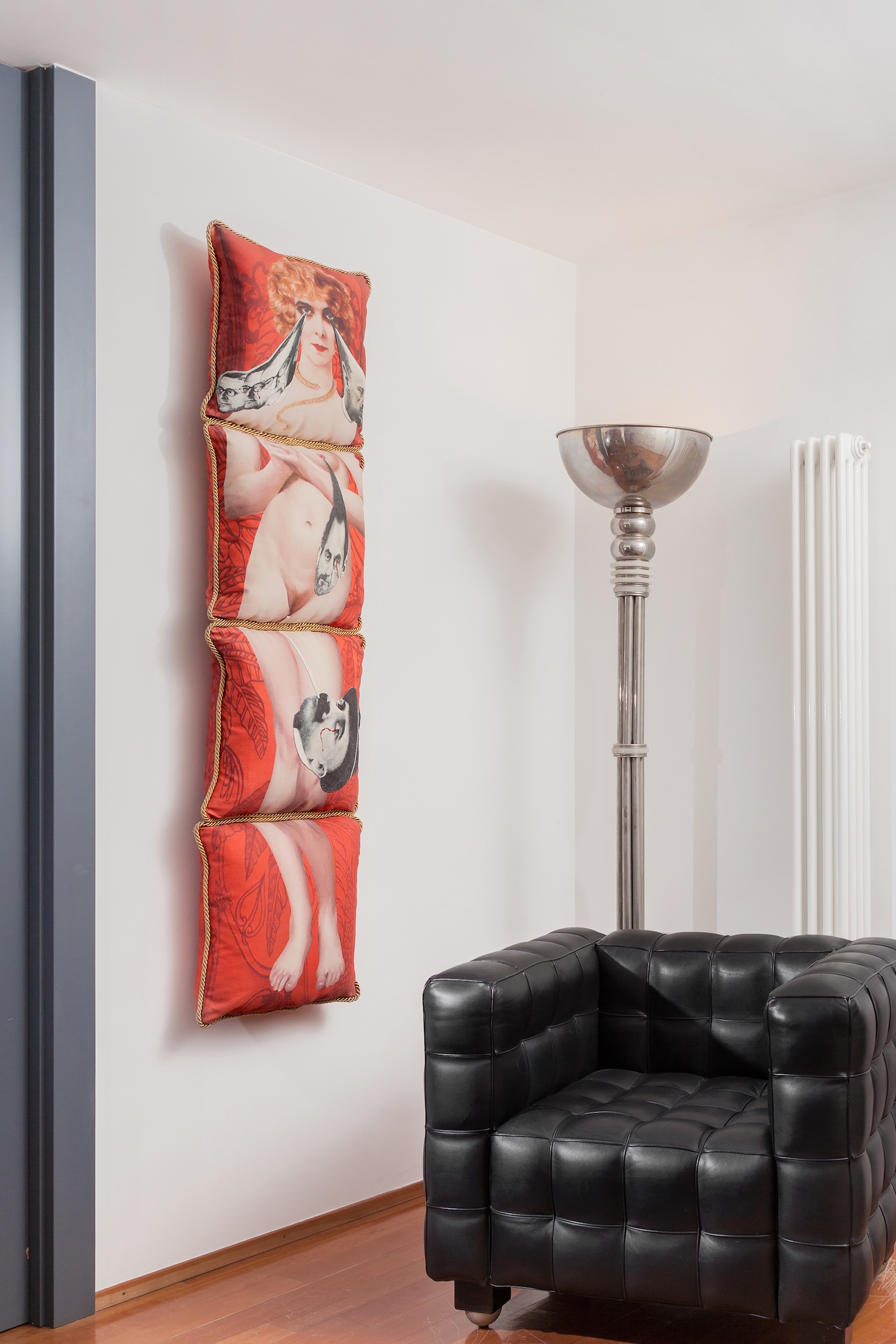
Is there any kind of artwork that can make you write a cheque without any consideration?
With some works it has happened that I confirmed the purchase before knowing the asking price. Like with the first piece I purchased by Louis Fratino, or the one by Ambera Wellmann.
What is your most treasured artwork?
Emotionally speaking, my favourites are the sculpture by Paolini and the one by Ryan Gander (YOU RUIN EVERYTHING (THE ECONOMY OF ZERO’S), 2011) depicting a Degas ballerina who is lying on the floor and playing with the symbols of Modernism.
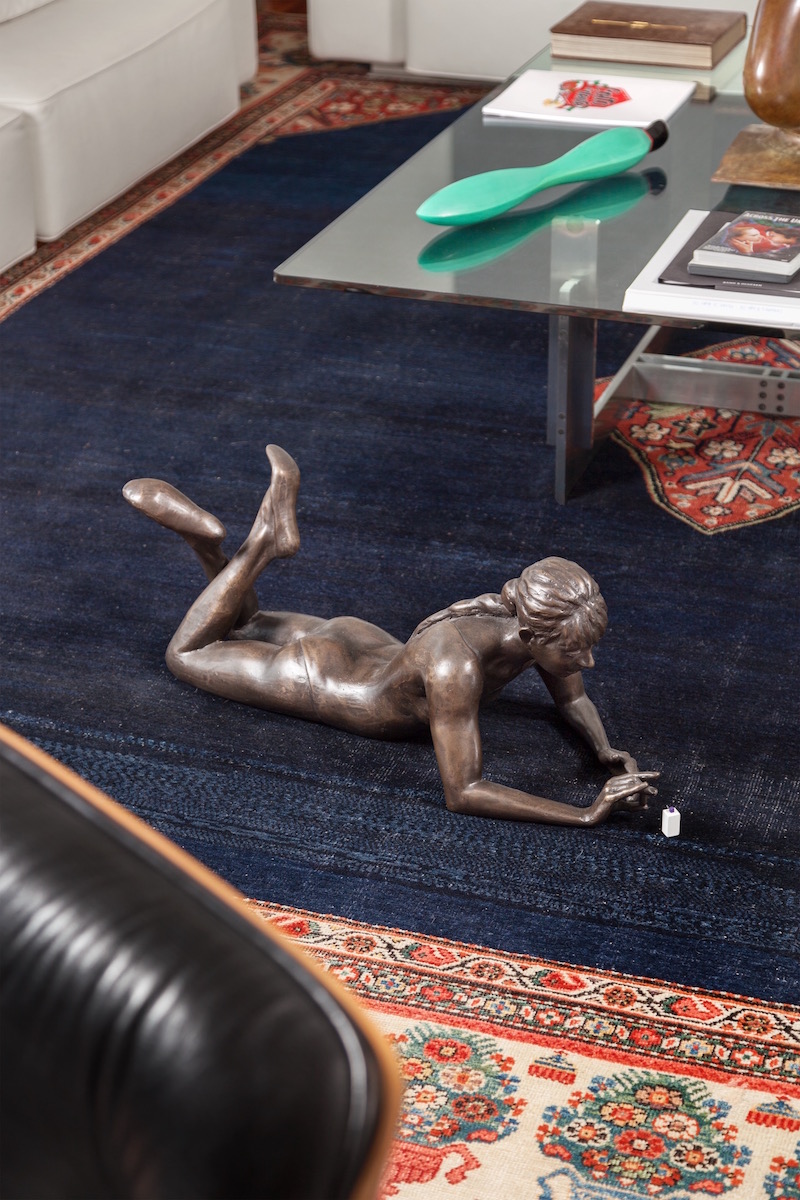
How important is it for you to meet the artists who created the artwork?
It is always interesting to meet the artists and visit their studios. It is a unique way of getting to know their poetics better.
What is your advice to young and fresh collectors?
As I have already said elsewhere, the advice I give a new collector is to follow their own taste, to study the artists they like, and to try to resist the influence of the market and of trends. The collection that will give them the most satisfaction is the one that best represents their personality.
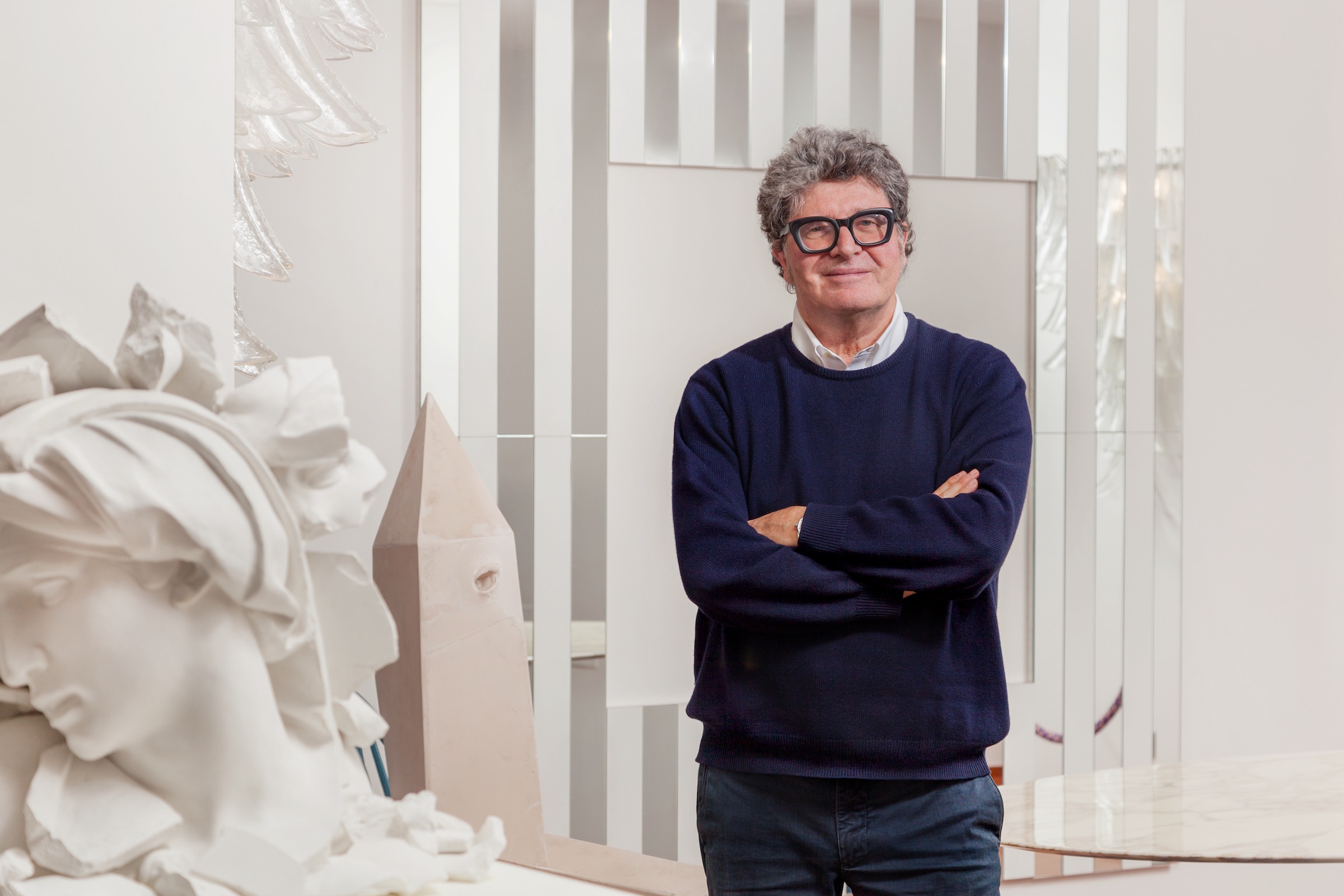
The Art World
What was your happiest moment being involved in art?
The most thrilling moment is when I become fascinated by a work of an emerging artist who is new to me.
What’s your art-world pet peeve?
The waiting lists for us collectors. As regards the art system in general, I find that the criteria of access to the more important fairs are not very transparent and are an obstacle for the young galleries doing research.
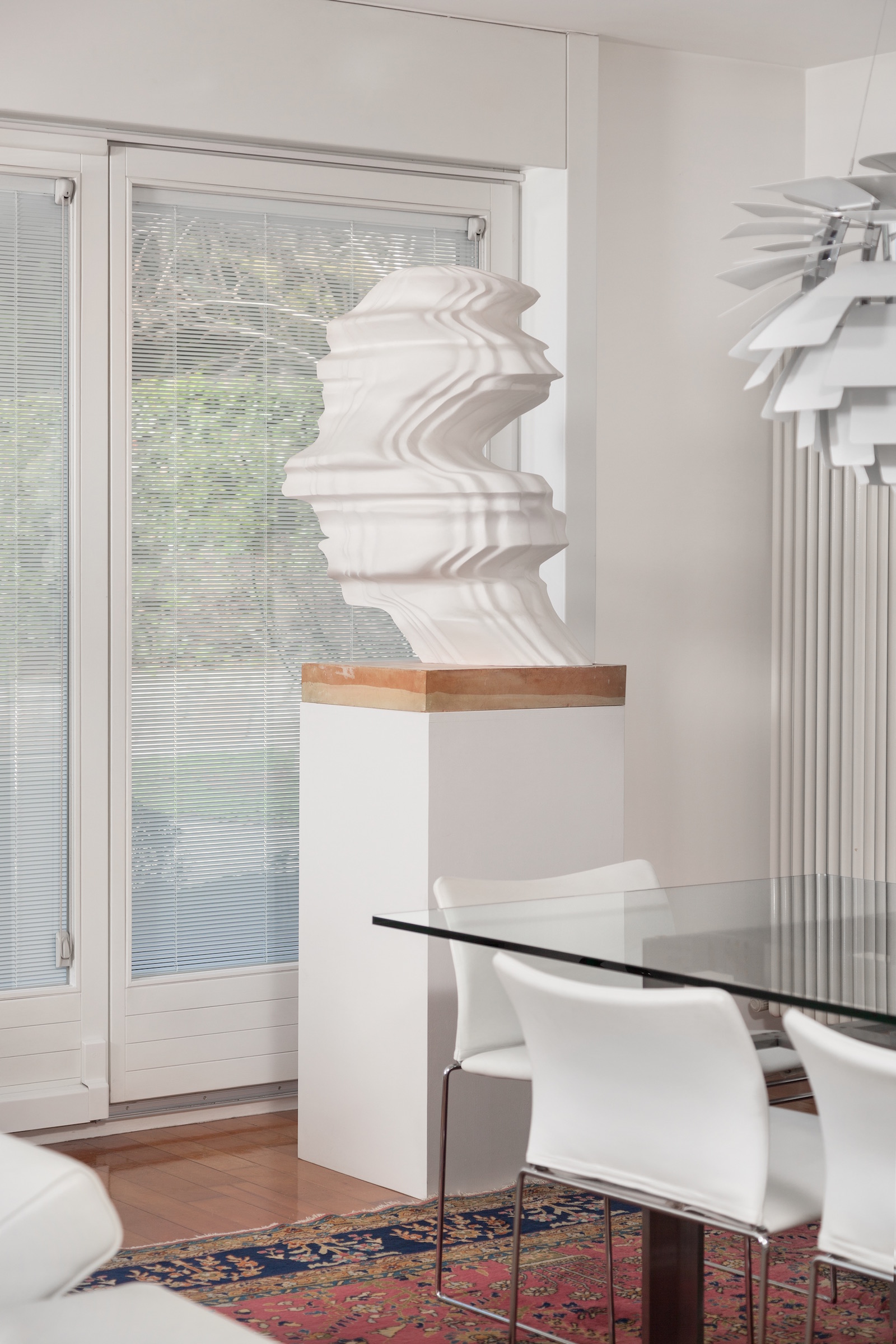
Who inspires you the most in the art world?
What inspires me the most is the fact that in the art world it is easier to find sensitive, unconventional, and passionate people.
How important is art in your life?
Certainly, apart from my medical work, it is the activity I dedicate most time to. Many of my friends now are linked to the world of art.
Instagram: @maurodeiorio
A selection of artists Mauro collects:
Andra Ursuta
Camille Henrot
David Altmejd
Mark Manders
Ryan Gander
By Ricko Leung





